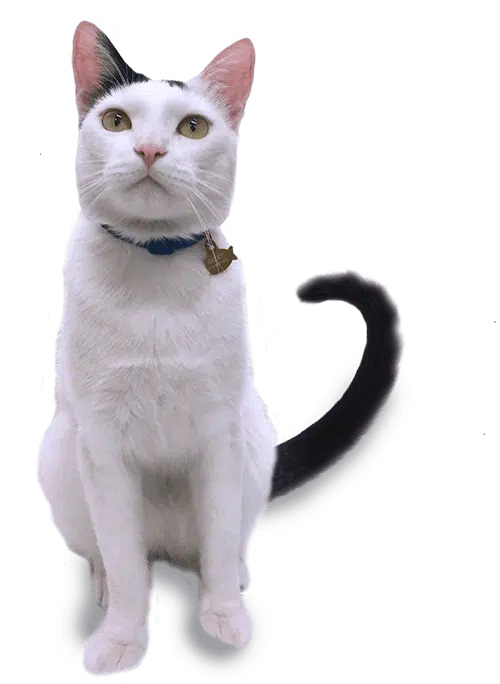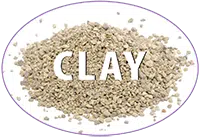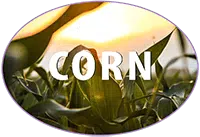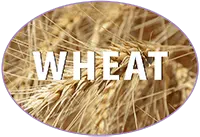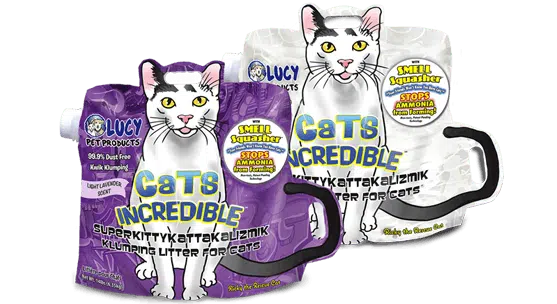Our Clay Litter is Earth Friendly
As a California-based company, Lucy Pet Products cares very deeply about the environment. We selected a partner with an outstanding environmental record to provide 100% pure Sodium Bentonite.
Often, this process actually improves the surface area for wildlife for better feeding, grazing or nesting opportunities.
Honesty, Transparency, and full facts, from a company that cares.

